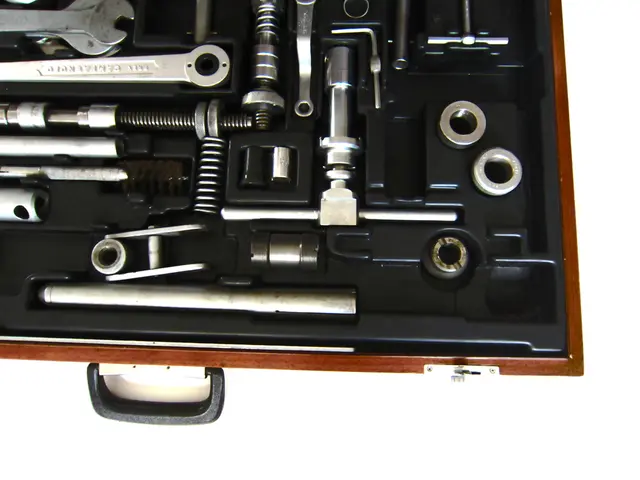A notable figure in the Austrian virtualization industry unveils the Proxmox VE 9 version and Backup Server 4 release.
Austrian FOSS vendor Proxmox has recently released new versions of its Debian-based hypervisor, Proxmox Virtual Environment (VE), and its companion product, Proxmox Backup Server. Both products are based on Debian 13 "Trixie" and feature updated technology, improved storage management, networking enhancements, and a focus on usability.
Proxmox VE 9 Highlights
Proxmox VE 9 boasts a host of new features and improvements, including:
- Debian 13 “Trixie” base OS with Linux Kernel 6.14.8-2, improving hardware compatibility and security.
- QEMU 10.0.2, offering improved virtual machine performance and live migration.
- LXC 6.0.4 with full cgroup v2 support and enhanced container isolation.
- ZFS 2.3.3 with live RAID-Z expansion, allowing device addition to existing RAIDZ pools with less downtime.
- Snapshot support for thick-provisioned LVM shared storage, such as iSCSI and Fibre Channel SANs, by implementing snapshots as volume chains. This also extends to directory, NFS, and CIFS storages.
- Ceph 19.2.3 (Squid) support with easier GUI-based installation.
- Software-Defined Networking (SDN) fabric improvements, enabling the creation of complex, scalable network architectures.
- Network interface enhancements such as interface pinning for consistent network device naming and transparent handling of renamed interfaces during upgrades.
- Dark theme enabled by default in the web interface for an improved UI experience.
- Removal of GlusterFS support and full switch to cgroup v2 for containers.
- NVIDIA GRID/vGPU support updated with required driver versions (570.158.02+).
- Non-free firmware repo enabled by default for CPU microcode patching to enhance processor security.
- Improved installer with better ZFS, TPM2 encryption support, and boot device detection.
- In-place upgrade support from Proxmox VE 8.x versions.
Proxmox Backup Server 4.0 Highlights
Proxmox Backup Server 4.0 also brings several new features and improvements:
- Debian 13 “Trixie” base OS and Linux Kernel 6.14.8-1 for updated libraries, security, and hardware support.
- ZFS 2.3.3 with live RAIDZ expansion for flexible storage scaling.
- S3-compatible object storage backend (tech preview) to allow integration with S3 storage services.
- Improved removable datastore synchronization jobs for smoother backup workflows.
- Enhanced notification system and GUI improvements for a better user experience.
- Expanded support for alternative NIC naming schemes to improve networking flexibility.
- Various security enhancements, bug fixes, and translation updates enhancing overall stability and security.
Embracing Modernisation and Enhanced Functionality
Both products emphasise updated underlying technology (Debian 13 and Linux 6.14), stronger storage management (ZFS, snapshots, RAIDZ expansion), networking enhancements (SDN fabric in Proxmox VE, NIC naming support in Backup Server), and improved usability through UI and installer upgrades.
These updates target robustness, enterprise readiness, and ease of use for virtualization and backup infrastructures, reflecting significant evolution from previous versions.
Downloads of ISO installation media for Proxmox Backup Server 4.0 are available, and upgrades from previous versions of Proxmox Backup Server are supported and documented. Proxmox VE can be installed on top of an existing instance of Debian, including Debian 13.
[1] Proxmox VE 9.0 Press Release: [Link to the Press Release] [2] Proxmox Backup Server 4.0 Release Notes: [Link to the Release Notes] [3] Proxmox VE 9.0 Roadmap: [Link to the Roadmap] [4] Proxmox Backup Server 4.0 Roadmap: [Link to the Roadmap] [5] Proxmox VE 9.0 Release Notes: [Link to the Release Notes]
Read also:
- Health Risk Warning: The Harmful Effects of Sitting Too Much, Exploring Sedentary Lifestyles
- "Arm-based Chromebooks' top supplier, MediaTek, is the focus of Adam King's latest analysis on the increasing popularity of Chromebooks"
- Report: Unveiling of groundbreaking software development on August 9, 2024
- Deep Learning Architectures: Convolutional Recurrent Neural Networks Utilized in a Cascade and Parallel Fashion







